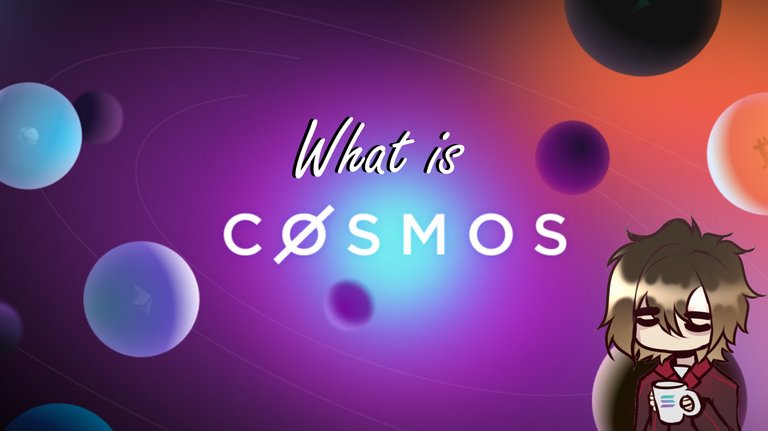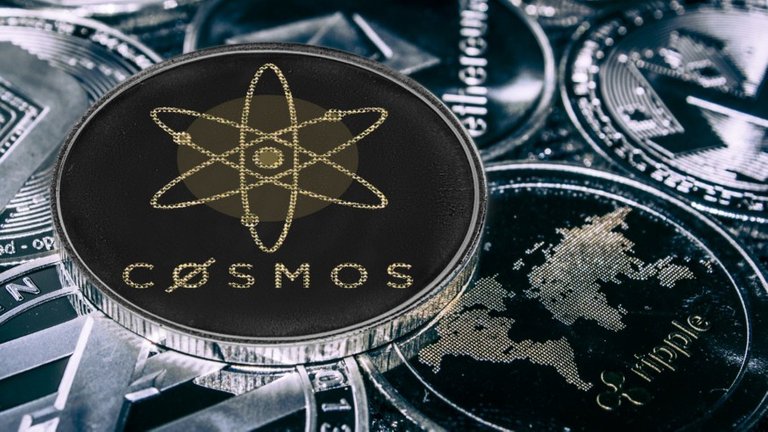With time there are an ever growing greater number of blockchains being created and they host various ecosystems of apps on them. With the bigger number growing with time, there is going to be a need for these different to communicate and work together. How would this be achieved?

Background
Jae Kwon & Ethan Buchman indirectly created the Cosmos blockchain when they made the Tendermint consensus method in 2014. The project was launched from a fundraiser in 2017 and bloomed into a thriving community. The initial start of the chain only saw the usage of the blockchain for Dapp creation as the interoperability function was still being worked on. Despite the wait the chain luckily managed to get a large set of powerful participators, such as Binance and Thailand's government who is using it for their national IDs. Time has helped this chain as several projects have been built using Cosmos, such as BNB, CRO & TERRA. At the initial lifespan of the chain TERRA was responsible for roughly half the on-chain value.
Network
The network is secured with the Tendermint consensus algorithms, one of the most popular and widely used Proof-of-Stake consensuses. Validators verify and agree on new blocks which are verified with staked ATOM and the rewards for block creation are giving out proportionally to stake holders. The rewards consist of newly minted ATOM with the block creation and 98% of the transactions fees (2% is reserved for development). The inflation rate for newly created ATOM hovers between 7-20%, the rate is determined based on how many tokens are staked at any given block creation.
The function for interoperability on Cosmos is called Inter-Blockchain Communication or IBC for short. This protocol functions to obtain data and changes on connected blockchains that support IBC, both chains do not share data and must trust the validity of the data coming from the IBC. Any chain can connect and is responsible for their own security, rather than the Cosmos hub performing security for all chains. Ontop of this Cosmos also offers a robust smart contract system on chain.
Use cases
The main use case for Cosmos is the ability for chains to work and communicate together. It serves as a hub where developers can connect their chains and have them work together seamlessly. To perform actions on the Cosmos chain you'll need the native coin to pay for the gas fee, luckily this is very low. Lastly you can build applications directly on top of Cosmos as it supports smart contracts making this a perfect tool to give blockchains more power.

Cosmos today
Cosmos have been constantly compared to Polkadot as they are main competitors towards each other. Cosmos functions more openly allowing more users to connect but require more action by the developers where as Polkadot is the opposite. Also worth to note that Polkadot has limited parachian slots that will be very expensive to connect to as you need to bid for them.
One downside to investing in Cosmos is the fact that their transaction fees doesn't have to paid for in ATOM, you can use the tokens/coins that are meant to be swapped instead to pay the fee directly. However larger app usage on Cosmos means greater value for the chain, some noteworthy projects: TERRA, BNB & CRO. This coin seems like it will continue to see usage as time passes.
Pros:
- Unlimited cross chain hub spots
- Unable to commit cross-chain malicious attacks
- Great customizability
Cons:
- Very high inflation
- Each chain needs to focus on its own security
- Short validator staking period